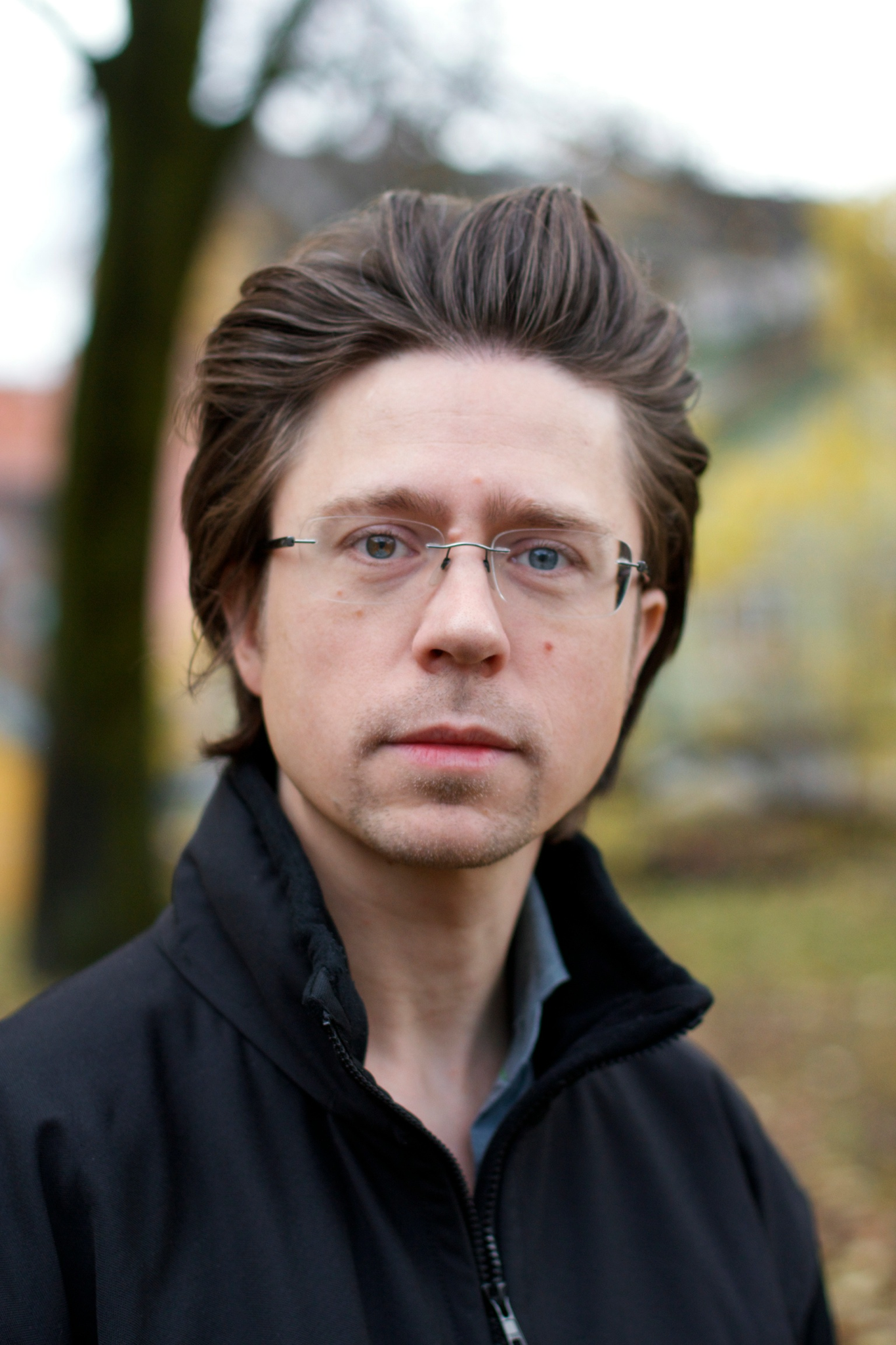From around 1900 and towards 1945 there was increasing interest in colourisation of music through the use of extended instrumental techniques in various branches of art music, from the orchestral continuation of the Romantic tradition, in expressionistic chamber works, through national schools and inspiration from folk music, to new and radical musical experimentation. The most important turning point for art music in the 20th century was without doubt the early breakdown of tonality. Broadly speaking, one can say that this turning-point provided a series of new tools that led composers into the direction that dominated the last century: Modernism. After 1945, composers and performers affiliated to the modernistic and experimental movements made significant contributions to the development of timbral possibilities in every group of instruments, and more specifically to the development of techniques on single instruments. At the same time, the paradigms in composing and thinking of music, both in America and Europe, made it necessary to rediscover traditional instruments, thus opening up for sounds previously unheard of. Serialism (as developed by the composers Pierre Boulez and Karlheinz Stockhausen) resulted in an extreme formalisation and individualisation of the four main parameters of music – pitch, duration, loudness and attack – and when, after a while, these conventional parameters began to be regarded as fully exploited, composers began looking for new ways to develop their music. Timbre as a musical parameter then established itself as one of the primary elements within the new music.
